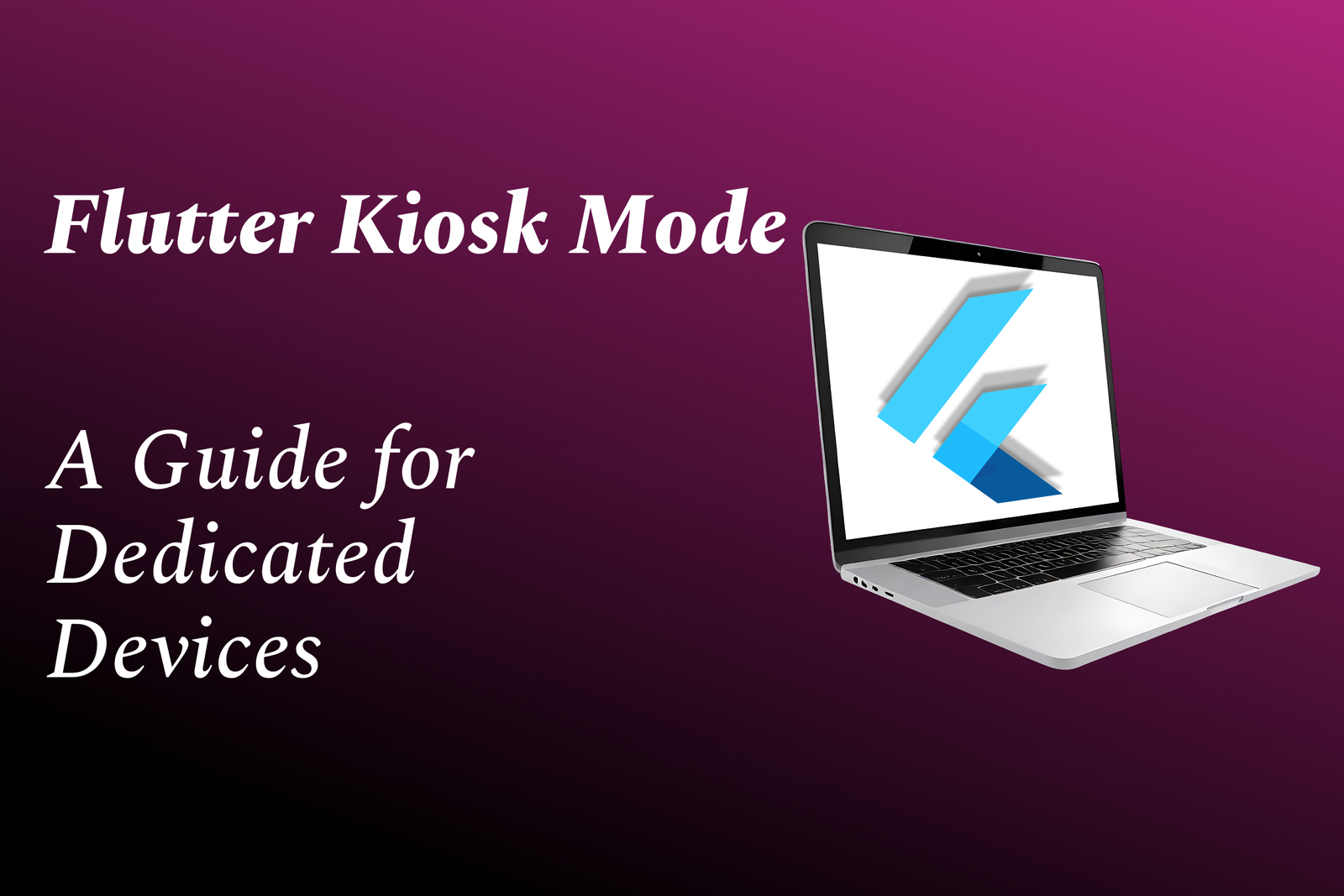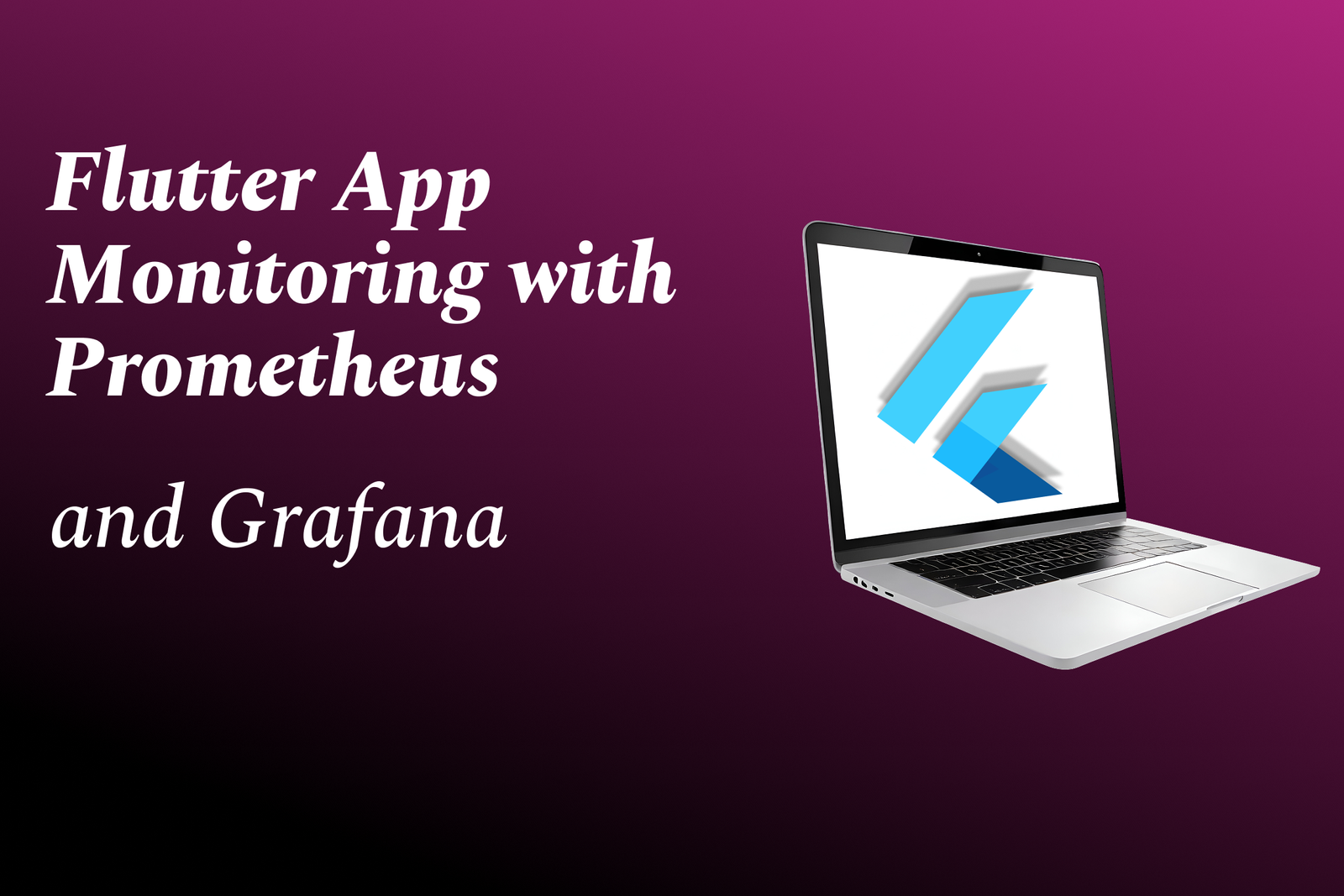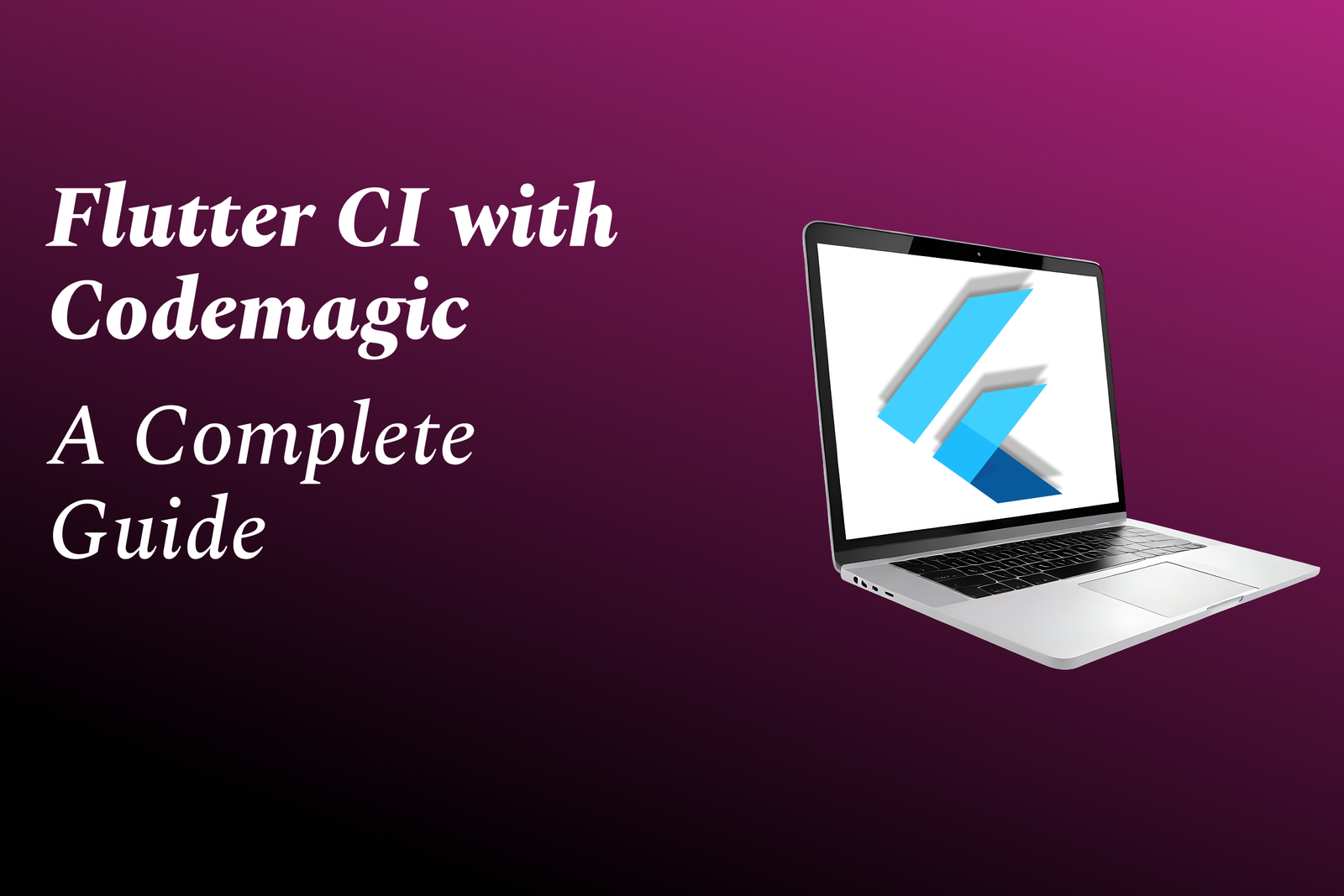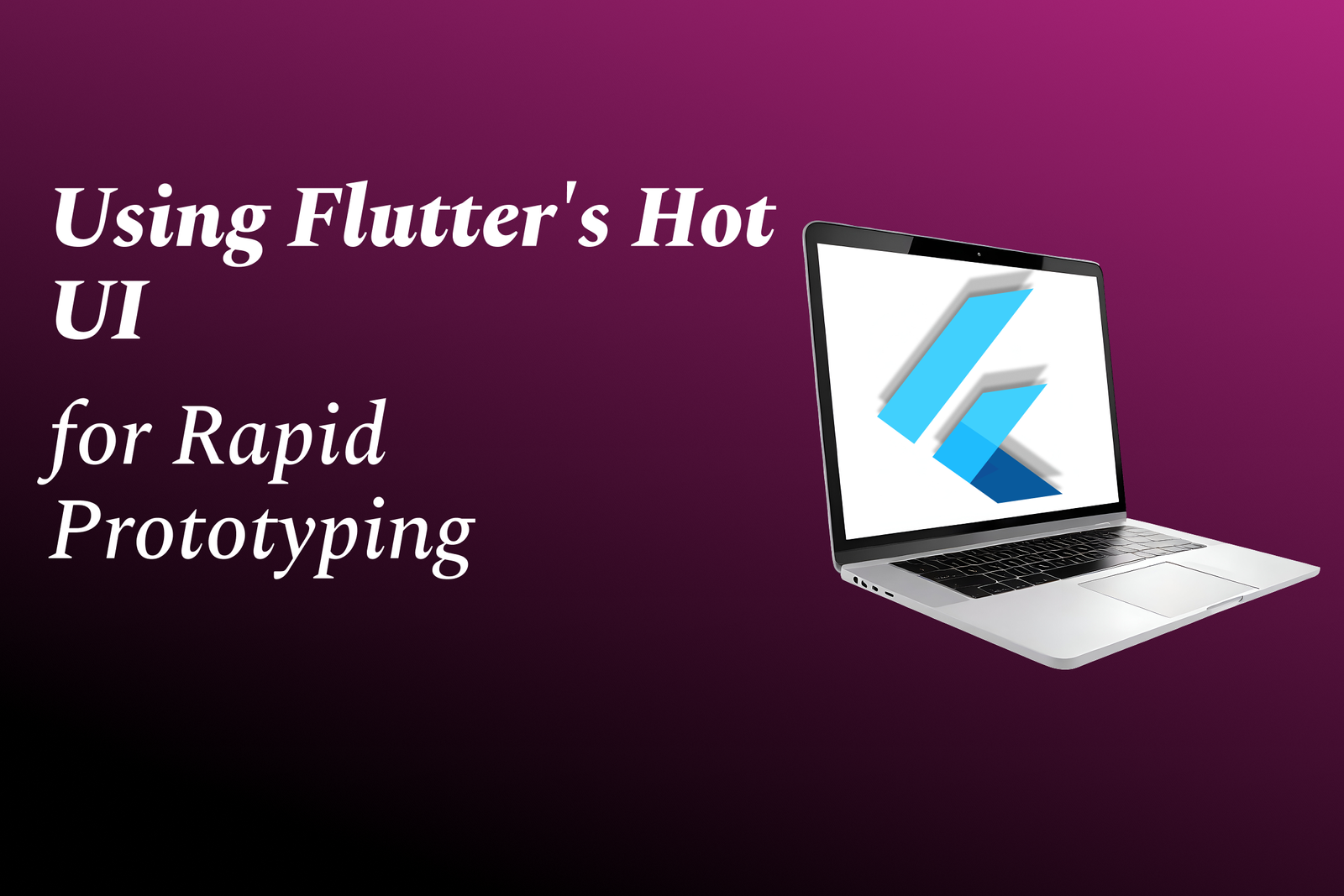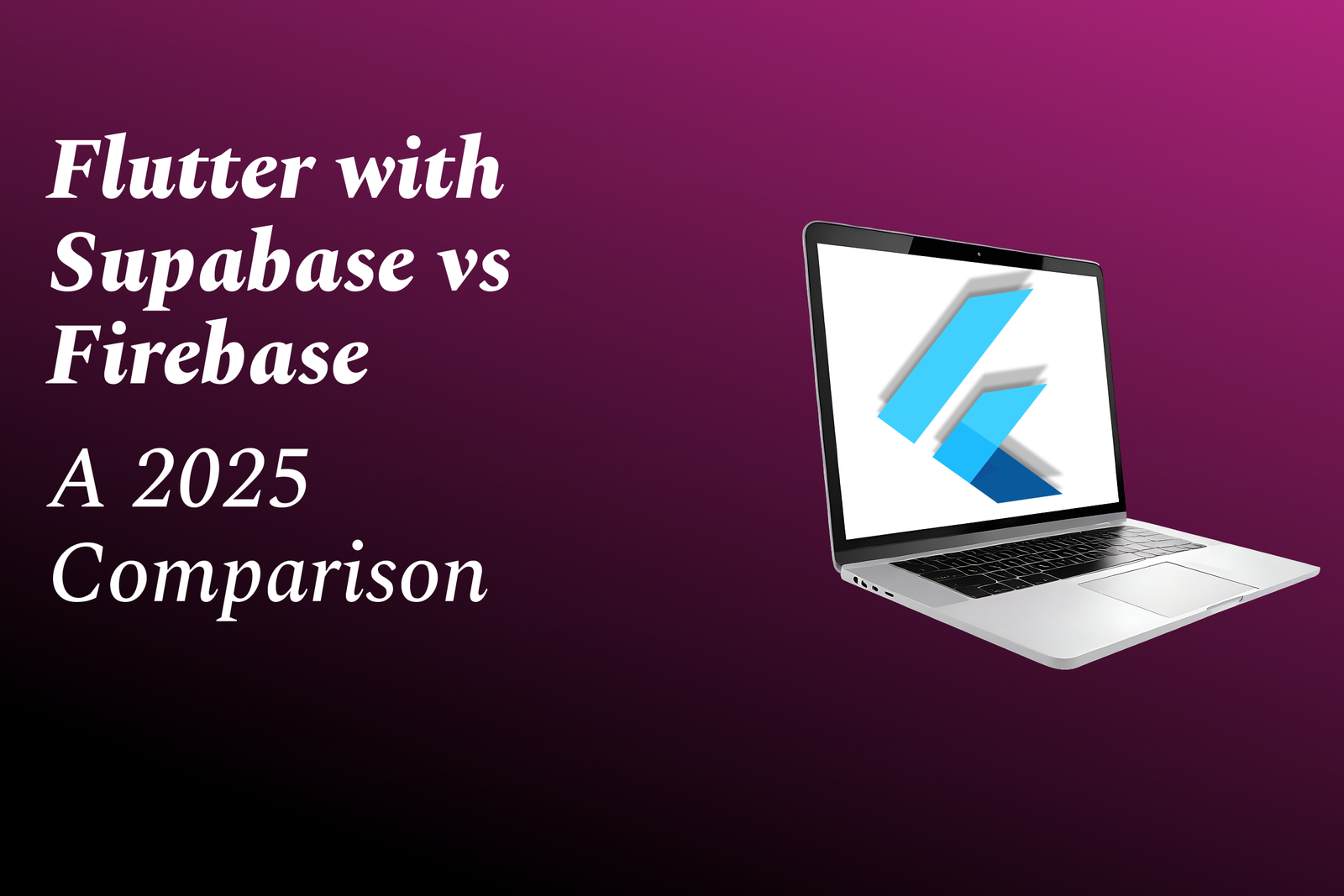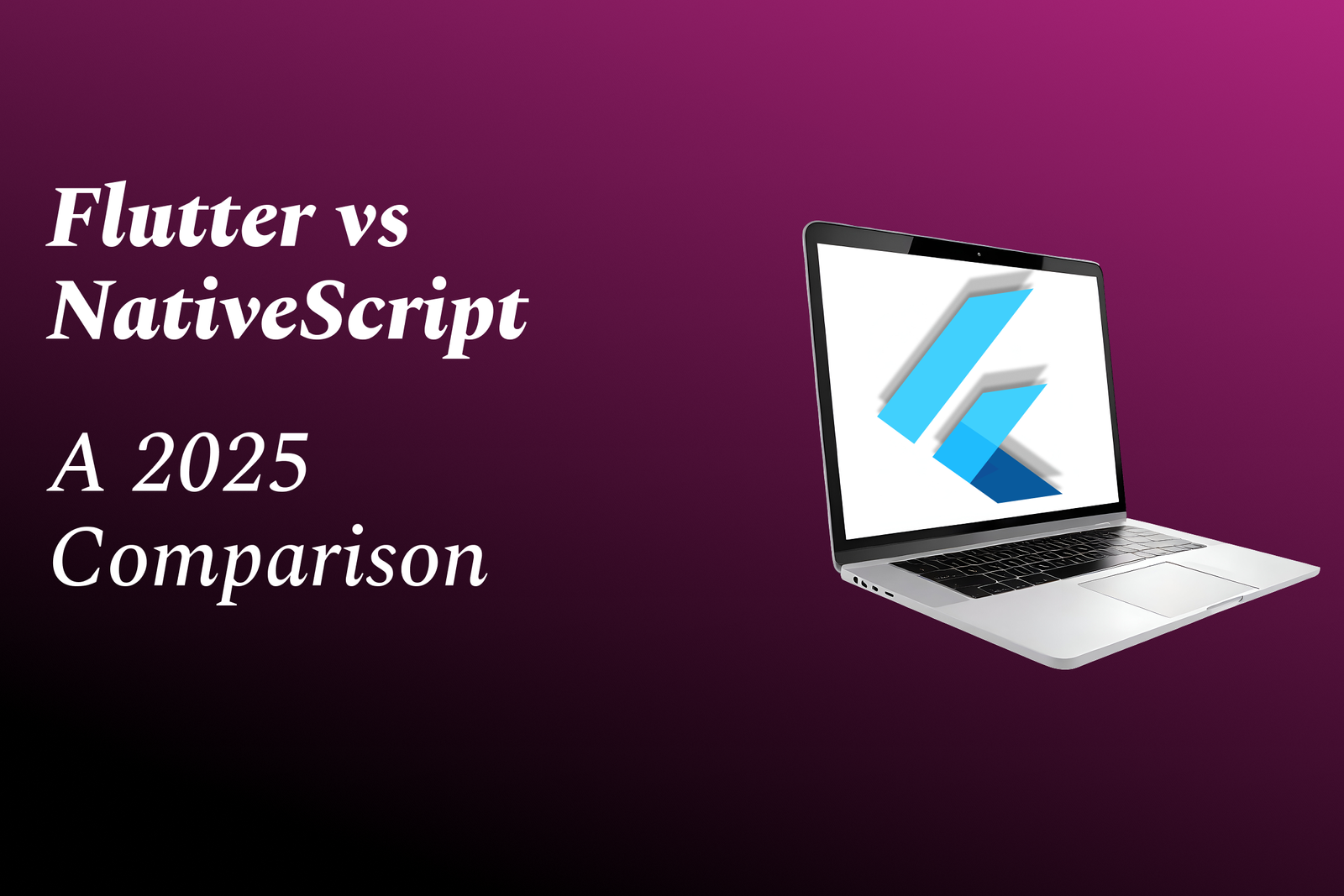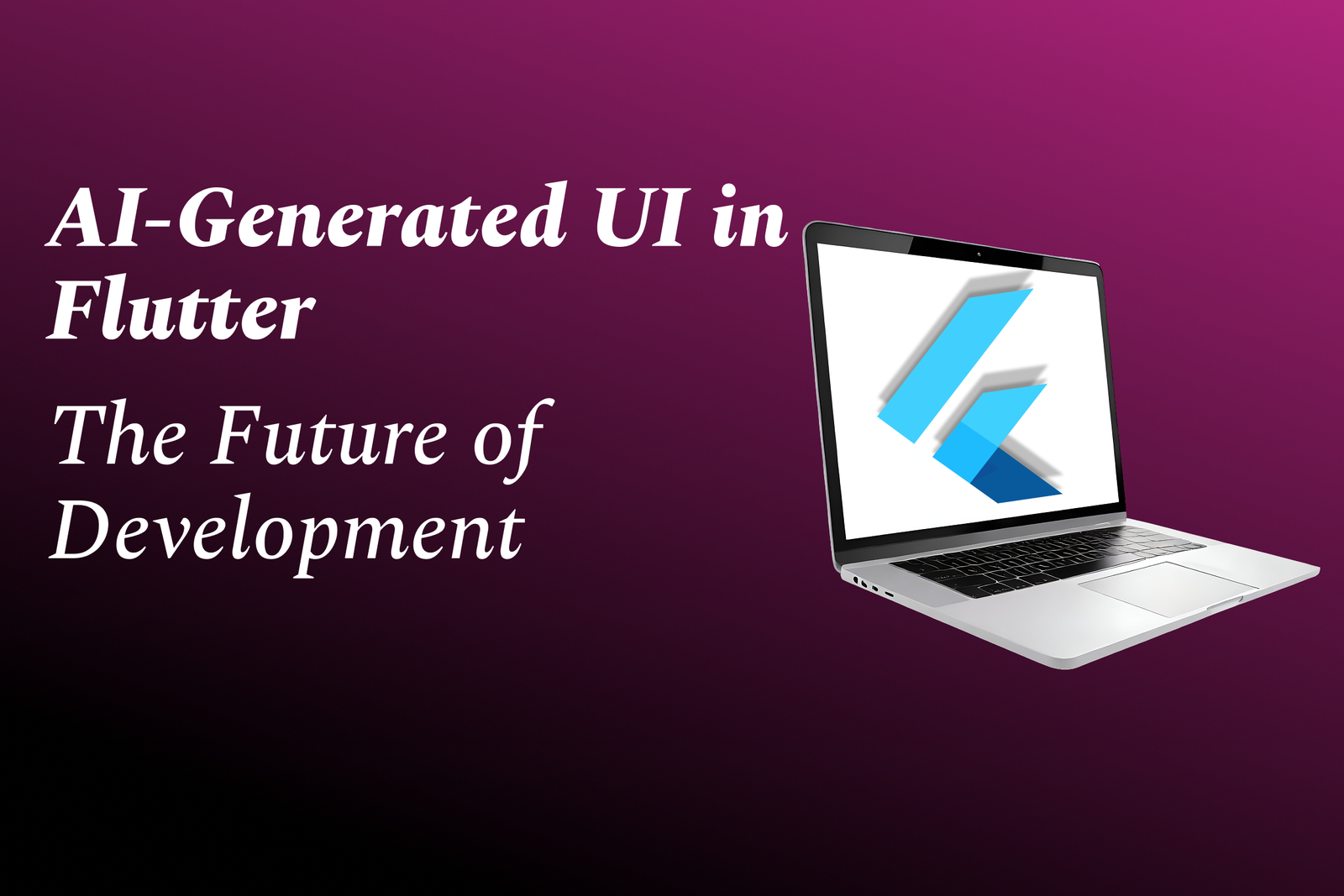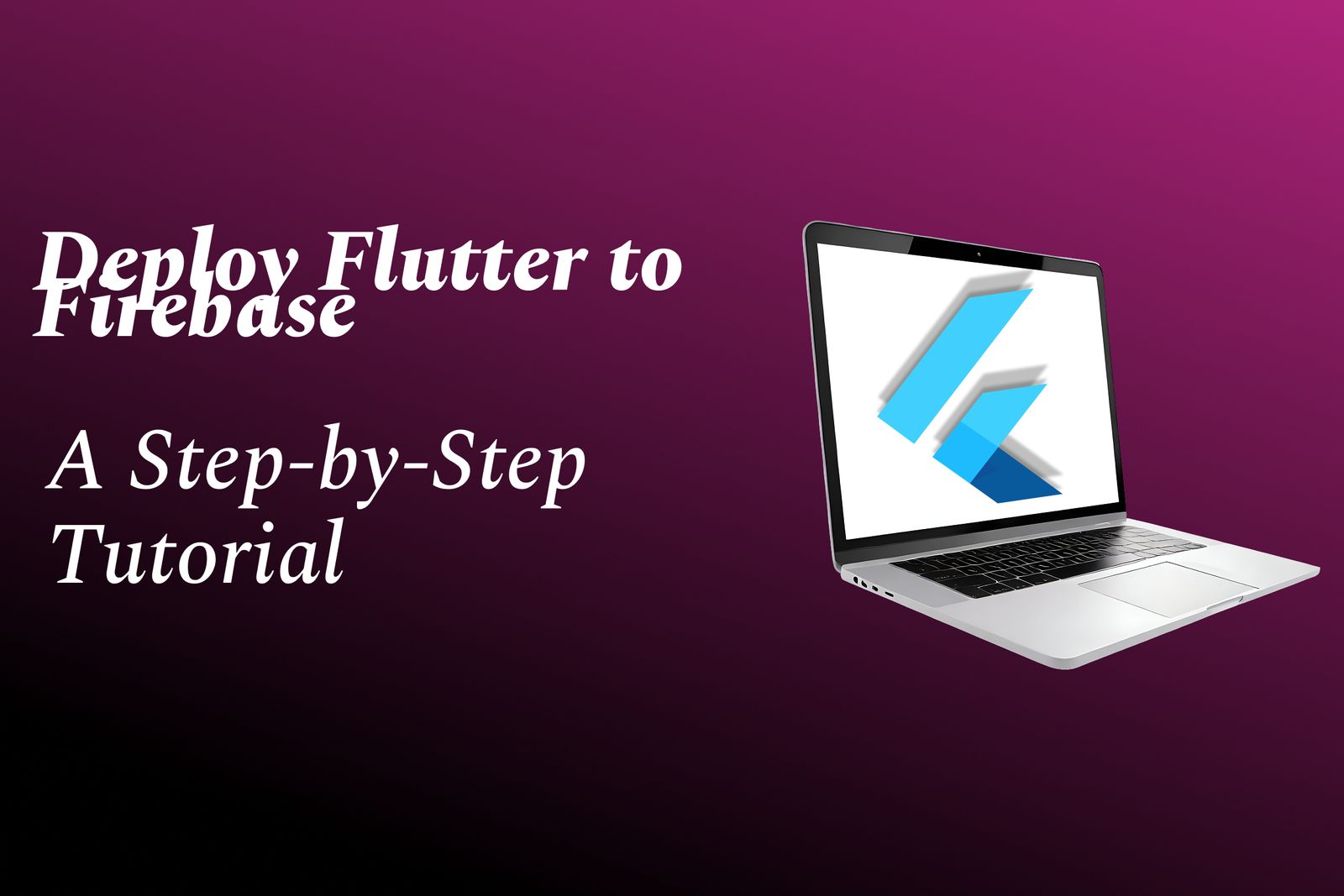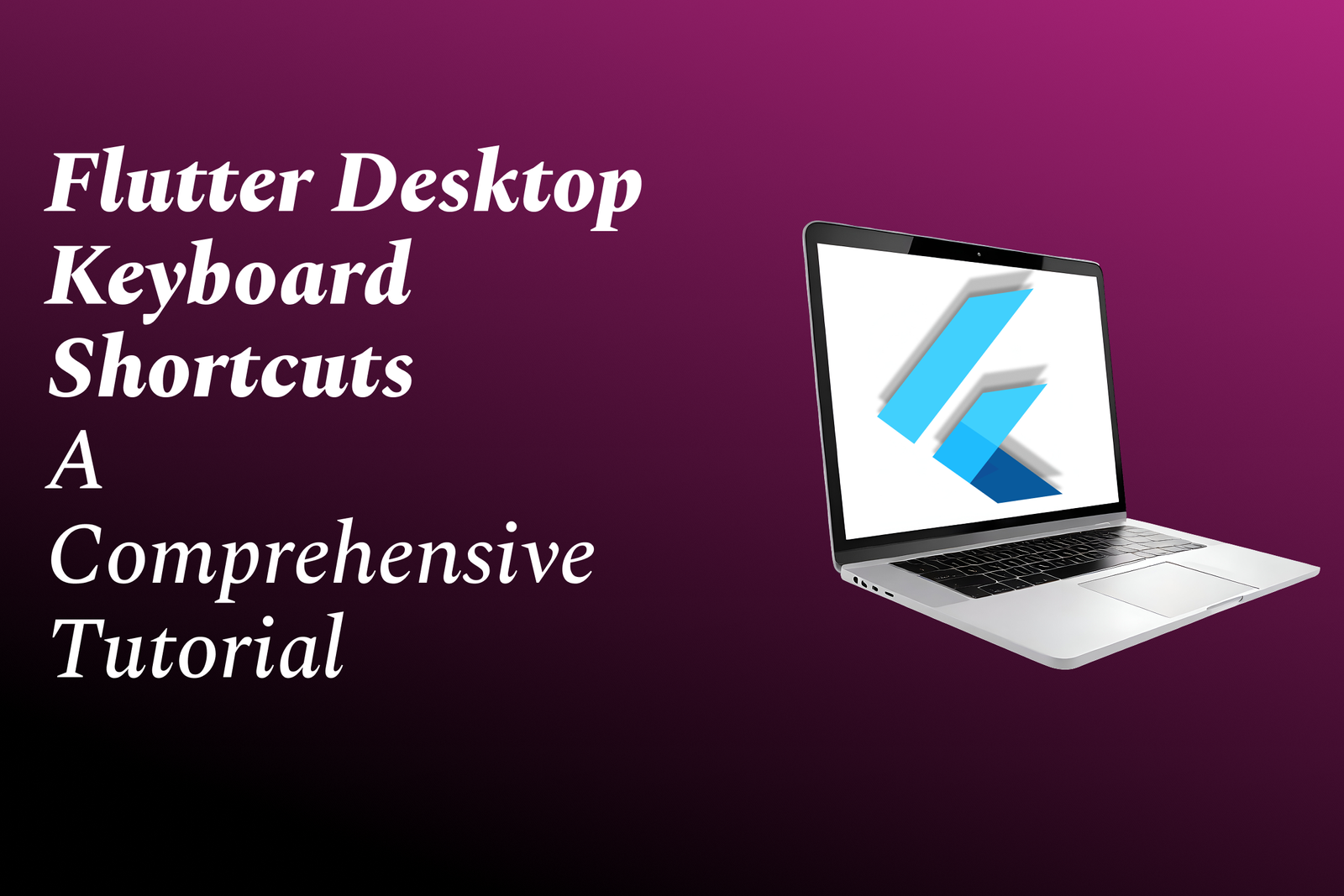Flutter Kiosk Mode: A Guide for Dedicated Devices
Flutter kiosk mode locks a device to a single app or a limited set of functions, preventing users from exiting, accessing system settings, or running unauthorized apps—ideal for dedicated devices like retail kiosks, digital signage, POS terminals, and classroom tablets. By combining Flutter’s cross‑platform UI with platform-specific APIs for lockdown, developers can deliver a consistent, tamper‑resistant experience that simplifies maintenance, enhances security, and reduces support overhead for fleets of devices.
Flutter Kiosk Mode: A Guide for Dedicated Devices
Flutter Kiosk Mode locks a device to a single app or a restricted set of functions so users can’t exit, change settings, or run unauthorized software—making it ideal for dedicated devices like retail kiosks, digital signage, POS terminals, classroom tablets, and medical stations. Combining Flutter’s cross‑platform UI with platform-specific lockdown APIs lets developers deliver a consistent, tamper‑resistant experience that improves security, reduces maintenance and support overhead, enables centralized management and remote updates, and ensures the device performs reliably for its intended purpose.
To Download Our Brochure: **https://www.justacademy.co/download-brochure-for-free
**
Message us for more information: **https://api.whatsapp.com/send?phone=919987184296
**
Flutter Kiosk Mode locks a device to a single app or a restricted set of functions so users can’t exit, change settings, or run unauthorized software—making it ideal for dedicated devices like retail kiosks, digital signage, POS terminals, classroom tablets, and medical stations. Combining Flutter’s cross‑platform UI with platform specific lockdown APIs lets developers deliver a consistent, tamper‑resistant experience that improves security, reduces maintenance and support overhead, enables centralized management and remote updates, and ensures the device performs reliably for its intended purpose.
Course Overview
This JustAcademy course teaches building Flutter kiosk apps for dedicated devices—locking UX, platform lockdown APIs, device provisioning, remote management, security best practices, testing and deployment—includes hands‑on projects and certification.
Course Description
JustAcademy's “Flutter Kiosk Mode: A Guide for Dedicated Devices” teaches building secure, locked-down Flutter apps for dedicated hardware—device provisioning, platform lockdown APIs, remote management, testing and deployment—through hands-on projects and certification.
Key Features
1 - Comprehensive Tool Coverage: Provides hands-on training with a range of industry-standard testing tools, including Selenium, JIRA, LoadRunner, and TestRail.
2) Practical Exercises: Features real-world exercises and case studies to apply tools in various testing scenarios.
3) Interactive Learning: Includes interactive sessions with industry experts for personalized feedback and guidance.
4) Detailed Tutorials: Offers extensive tutorials and documentation on tool functionalities and best practices.
5) Advanced Techniques: Covers both fundamental and advanced techniques for using testing tools effectively.
6) Data Visualization: Integrates tools for visualizing test metrics and results, enhancing data interpretation and decision-making.
7) Tool Integration: Teaches how to integrate testing tools into the software development lifecycle for streamlined workflows.
8) Project-Based Learning: Focuses on project-based learning to build practical skills and create a portfolio of completed tasks.
9) Career Support: Provides resources and support for applying learned skills to real-world job scenarios, including resume building and interview preparation.
10) Up-to-Date Content: Ensures that course materials reflect the latest industry standards and tool updates.
Benefits of taking our course
Functional Tools
1 - Flutter SDK and Dart toolchain.
Students learn to install and manage the Flutter SDK and Dart runtime used to build cross platform kiosk apps.
Training covers SDK channels, versioning, flutter doctor troubleshooting, and using flutter commands for build, run, and analyze.
Hands on labs teach compiling APKs, AABs, and iOS bundles, optimizing builds for performance and size.
Course projects require students to configure environment variables and CI friendly toolchains for repeatable kiosk deployments.
2) Integrated development environments: Android Studio and VS Code.
Students are guided through IDE setup, Flutter and Dart plugins, emulator integration, and productivity shortcuts.
Lessons include debugging techniques, hot reload vs hot restart, breakpoints, and performance profiling inside IDEs.
Practical exercises show how to configure launch profiles and run multiple device targets for kiosk testing.
Instructors demonstrate workspace best practices, linting, and formatter rules to maintain production grade code.
3) Emulators, simulators, and virtual device farm.
Training covers creating Android Virtual Devices and simulators to mimic kiosk screen sizes and orientations.
Students practice network emulation, geolocation mocking, and GPU/CPU throttling for realistic testing scenarios.
Module includes using cloud device farms or local virtualization to parallelize test runs and support CI pipelines.
Emphasis on differences between emulator behavior and physical hardware to reduce deployment surprises.
4) Physical device testing and ADB tools.
Students get hands on with USB debugging, ADB shell commands, logcat analysis, and file transfer workflows.
Course shows how to sideload builds, capture screenshots, record device screens, and run automated UI tests via ADB.
Labs include device provisioning scripts, serializing device IDs for fleet management, and troubleshooting hardware quirks.
Students practice recovery actions and using fastboot for low level device maintenance.
5) Kiosk and lockdown packages and native SDKs.
Training explores community kiosk packages and platform specific lockdown SDKs used to enforce single app mode.
Students learn to integrate packages, register device owners, and implement home/launcher replacement on Android.
Hands on tasks demonstrate programmatic locking, input restriction, and secure touch handling for public devices.
Modules include fallbacks, emergency exit flows, and safety considerations for supervised devices.
6) Platform channels and native module development.
Students learn to write platform channels to access low level features not exposed by Flutter plugins.
Course explains writing Java/Kotlin and Objective C/Swift bridges, marshaling data, and handling async callbacks.
Practical labs create native integrations for device provisioning APIs, secure hardware features, and custom peripherals.
Emphasis on testing native code, packaging plugins, and maintaining cross platform consistency in kiosk apps.
7) Device provisioning, Android Enterprise & DPC tools.
Training covers Android Device Policy Controller, zero touch enrollment, and managed configurations for fleet provisioning.
Students practice creating DPC packages, using EMM APIs, and automating provisioning workflows for large deployments.
Course includes hands on with Google Play EMM console, managed Google Play accounts, and policies for kiosk restrictions.
Modules show how to script provisioning steps and integrate with MDM solutions during onboarding.
8) Mobile device management (MDM) platforms and integration.
Students are introduced to MDM solutions like Scalefusion, VMware Workspace ONE, or Microsoft Intune for kiosk control.
Lessons teach enrolling devices, pushing policies, remote wipe, over the air updates, and telemetry collection.
Practical sessions integrate Flutter app distribution, managed app configs, and remote troubleshooting through MDM consoles.
Students simulate enterprise scenarios for staged rollouts, policies, and compliance enforcement.
9) Connectivity, backend & cloud tools (REST, MQTT, Firebase).
Training demonstrates backend integrations for content sync, remote control, and telemetry ingestion.
Students build secure RESTful clients, handle intermittent connectivity, and implement MQTT for real time device commands.
Modules use Firebase for authentication, Realtime Database/Firestore, and Cloud Functions to support kiosk features.
Hands on labs cover offline caching strategies, conflict resolution, and secure API token management.
10) Storage, local databases, and persistence libraries.
Students learn data persistence options: Shared Preferences, SQLite (sqflite), and higher level ORMs like drift.
Course shows schema migrations, encryption at rest, and strategies for caching remote data on kiosks.
Practical exercises include designing local queues for offline events and safe deletion for public devices.
Students implement backups and migration tests to ensure data integrity across app updates.
11 - Security, signing, and provisioning tools.
Training covers app signing with keystore management, secure storage of credentials, and code obfuscation (R8/ProGuard).
Students practice generating release keys, configuring Play/App Store artifacts, and rotating secrets securely.
Modules include threat modeling for kiosks, tamper detection, and secure boot concepts when available.
Hands on labs require students to implement HTTPS pinning, certificate management, and least privilege principles.
12) Continuous integration, build pipelines, and deployment (Codemagic, GitHub Actions, Fastlane).
Students set up CI/CD pipelines to automate builds, tests, code signing, and distribution to MDM or app stores.
Course demonstrates configuring environment secrets, artifact promotion, and staged rollout strategies for kiosks.
Practical workflows include automated UI tests, linting, and generating release notes for fleet updates.
Students learn rollback plans and safe deployment patterns to minimize downtime on public devices.
13) Automated testing and quality assurance tools (integration_test, Appium, UIAutomator).
Training emphasizes robust testing strategies: unit, widget, integration, and end to end tests for kiosk flows.
Students use Flutter's integration_test package and external tools like Appium or UIAutomator for cross app interactions.
Labs include scripting test suites that run on emulators and physical devices in CI to catch regressions early.
Course covers test flakiness mitigation, capturing artifacts, and interpreting failure logs for quick fixes.
14) Monitoring, logging, and crash reporting (Sentry, Firebase Crashlytics, analytics).
Students integrate crash reporting and performance monitoring to maintain production kiosks at scale.
Lessons include structured logging, remote diagnostics, and setting up alerts for critical failures or device health issues.
Hands on exercises configure dashboards, event tracking, and user/session analytics tailored for dedicated devices.
Students practice incident triage workflows and postmortem documentation to continuously improve reliability.
15) Peripheral and hardware SDKs (printers, scanners, card readers) and integration tools.
Training shows how to integrate common kiosk peripherals using SDKs, Bluetooth/USB APIs, and serial protocols.
Students build adapters and abstraction layers so app logic remains portable across hardware vendors.
Labs include testing peripheral failures, fallback UX, and secure handling of payment or sensitive data streams.
Course emphasizes vendor certification steps, driver management, and automated peripheral test harnesses.
16) Accessibility and inclusive design.
Training covers WCAG principles, screen reader support, adjustable text/contrast, and touch target sizing so kiosks are usable by everyone. Labs include testing with TalkBack/VoiceOver and keyboard navigation for kiosk peripherals.
17) Localization, internationalization, and right to left support.
Students implement i18n patterns, locale aware formatting, pluralization, and RTL layouts. Projects require deploying multi language kiosks and managing translation workflows.
18) Content management and scheduling (CMS & playlist engines).
Course teaches integrating headless CMS (Strapi, Contentful) and scheduling engines to push dynamic content, playlists, and timed promotions to kiosks. Hands on labs build admin panels and push updates to live devices.
19) Digital signage and high performance media playback.
Training covers optimized video codecs, hardware acceleration, adaptive streaming (HLS/DASH), and DRM integration for protected content. Students implement smooth playback and fallback strategies for poor connectivity.
20) Over the air firmware and OS updates.
Students learn building safe OTA update mechanisms for app and firmware, delta updates, signing, rollback, and staged rollouts to minimize bricking devices. Labs integrate with MDM or custom update servers.
21 - Edge computing and local processing.
Course demonstrates running inference or processing on device (TensorFlow Lite, ONNX) to reduce latency and bandwidth. Projects include on device analytics, offline recommendations, and privacy preserving ML.
22) Push notifications, remote commands, and real time control.
Training covers push services (FCM, APNs), MQTT/AMQP for two way control, and secure command channels. Labs implement remote start/stop, alerts, and content refresh commands.
23) Power management, battery health and thermal design.
Students learn strategies for power efficient apps, screen dimming, sleep schedules, and safe shutdowns. Modules cover monitoring battery health, thermal throttling, and hardware interactions for reliability.
24) Payment systems and PCI compliance.
Course integrates card readers, contactless/NFC payments, tokenization, and EMV flows while teaching PCI DSS requirements. Hands on projects simulate secure payment transactions and receipts.
25) NFC, Bluetooth LE, and proximity interactions.
Training covers implementing BLE peripherals, scanning, pairing flows, and NFC tag reading for authentication or data exchange. Labs include privacy safe interactions and peripheral firmware compatibility checks.
26) Voice interfaces and speech recognition.
Students build voice triggered kiosk flows, offline speech recognition, and TTS experiences while handling ambient noise and privacy. Projects include voice fallback paths and multi modal UIs.
27) Security hardening and device attestation.
Course includes secure boot, TPM/HSM concepts, device attestation, mutual TLS, and hardware backed key storage. Labs require implementing attestation flows and automated key rotation.
28) Secrets and key management.
Students use KMS (AWS, GCP, Azure) or Vault to securely store keys, certificates, and tokens. Practical tasks demonstrate secret injection into CI/CD and runtime rotation without downtime.
29) Network resilience and failover (cellular, VPN, caching).
Training covers multi link failover, cellular (4G/5G) fallback, VPN setup, and local caching/CDN strategies to handle intermittent connectivity. Labs simulate network partitions and recovery.
30) Observability, distributed tracing, and OpenTelemetry.
Students instrument apps for metrics, traces, and logs using OpenTelemetry and backends (Prometheus, Grafana). Projects build dashboards for device health, latency, and error rates.
31 - Feature flags, canary releases, and experimentation.
Course shows using feature flagging platforms (LaunchDarkly or open source) to run A/B tests, canaries, and staged rollouts. Labs cover safe toggling and rollback strategies.
32) Compliance, privacy, and legal considerations.
Training addresses GDPR/CCPA, data retention, consent flows, and privacy by design for public kiosks. Students draft privacy notices and implement data minimization techniques.
33) License management and third party SDK vetting.
Students learn OSS license scanning, dependency risk assessment, and vendor SDK security checks. Modules require building SBOMs and remediation plans.
34) Fleet orchestration and tagging strategies.
Course teaches organizing devices by tags/labels for targeted rollouts, policies, and reporting. Labs include creating scripts to automate group operations and staged group promotions.
35) Support workflows, runbooks, and remote troubleshooting.
Students create runbooks, automated diagnostic scripts, remote desktop/VNC tooling, and escalation procedures to reduce on site visits. Projects simulate incident response for common kiosk failures.
36) Installation, mounting, and hardware procurement.
Training covers physical installation best practices, enclosure ratings (IP/IK), mounting, cable management, and vendor evaluation. Labs include drafting procurement checklists and test plans.
37) Performance budgets and profiling.
Course sets performance budgets (startup time, frame rates, memory) and teaches profiling tools to meet them. Students optimize startup flow, asset loading, and memory usage in real projects.
38) Backup, data recovery, and state reconciliation.
Students design backup strategies, local to cloud sync, and conflict resolution for offline modified data. Labs include disaster recovery drills and automated backups for critical state.
39) Analytics, business metrics, and ROI measurement.
Training includes defining KPIs for kiosks (engagement, transactions, uptime), event instrumentation, and dashboards for stakeholders. Projects analyze telemetry to recommend product improvements.
40) Pilot rollouts, user acceptance testing, and scaling plans.
Course shows how to run pilots, collect feedback, define acceptance criteria, and scale from pilot to full deployment with rollout timelines and risk matrices. Students prepare launch plans and post launch monitoring.
If you want, JustAcademy can expand any of these into full course modules with sample projects, lab exercises, and certification criteria. Which topics should we turn into hands on modules next?
Browse our course links : https://www.justacademy.in/all-courses
To Join our FREE DEMO Session: https://www.justacademy.in/register-for-course-demo
This information is sourced from JustAcademy
Contact Info:
Roshan Chaturvedi
Message us on Whatsapp: https://api.whatsapp.com/send?phone=919987184296
**Email id: mailto:info@justacademy.co
**
https://www.justacademy.co/blog-detail/building-offline-first-apps-with-flutter-and-drift
https://www.justacademy.co/blog-detail/flutter-music-streaming-ui:-a-clone-tutorial
https://www.justacademy.co/blog-detail/gamification-in-flutter:-engaging-your-users
https://www.justacademy.co/blog-detail/starting-a-flutter-meetup:-a-community-builder's-guide
https://www.justacademy.co/blog-detail/server-driven-ui-with-flutter:-a-practical-implementation
Flutter Kiosk Mode: Complete Guide to Building Secure Single‑App Kiosk Apps for Dedicated Android & iOS Devices
Flutter Kiosk Mode: Step-by-Step Guide to Building Secure Single‑App Android & iOS Devices
How to Build a Flutter Kiosk App: Step-by-Step Guide to Lock Down Android & iOS Devices
How to Build a Flutter Kiosk App: Complete Guide to Lock Down Android & iOS in Single‑App Mode
